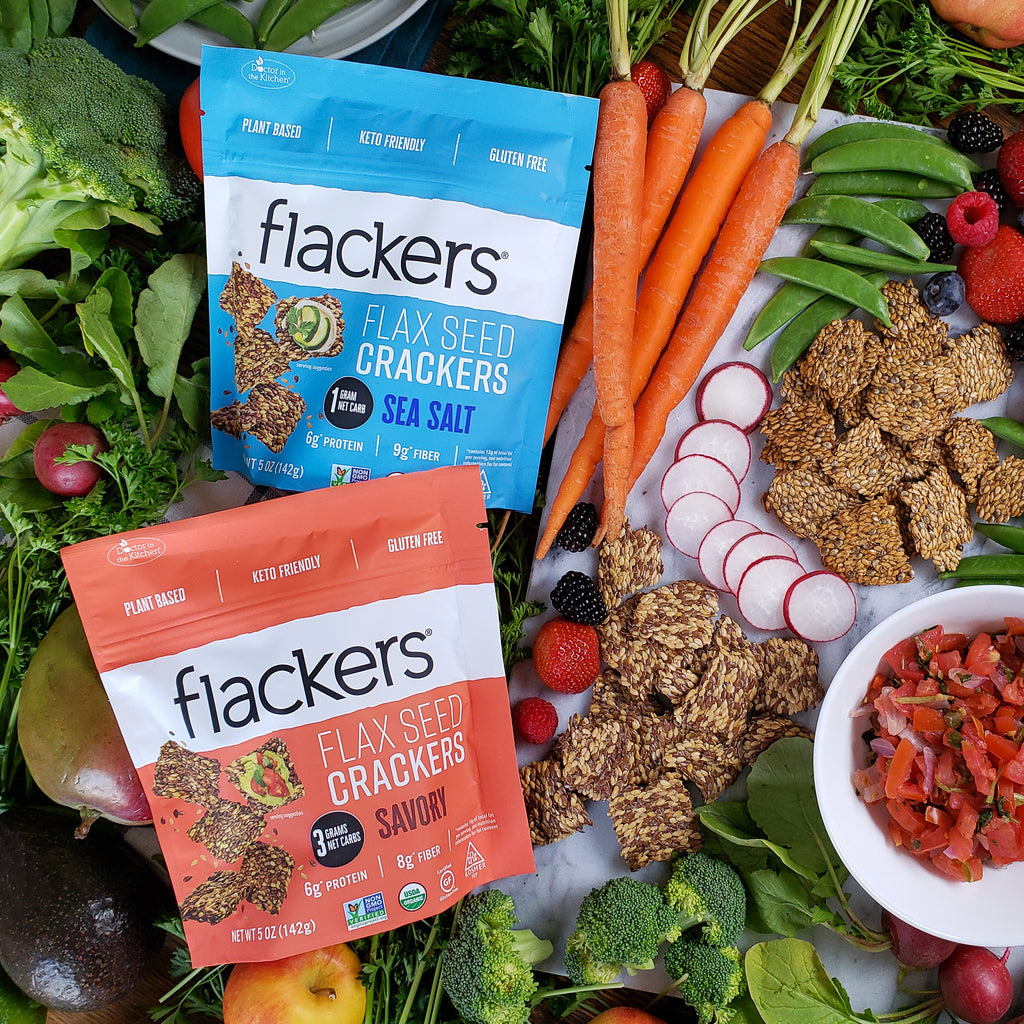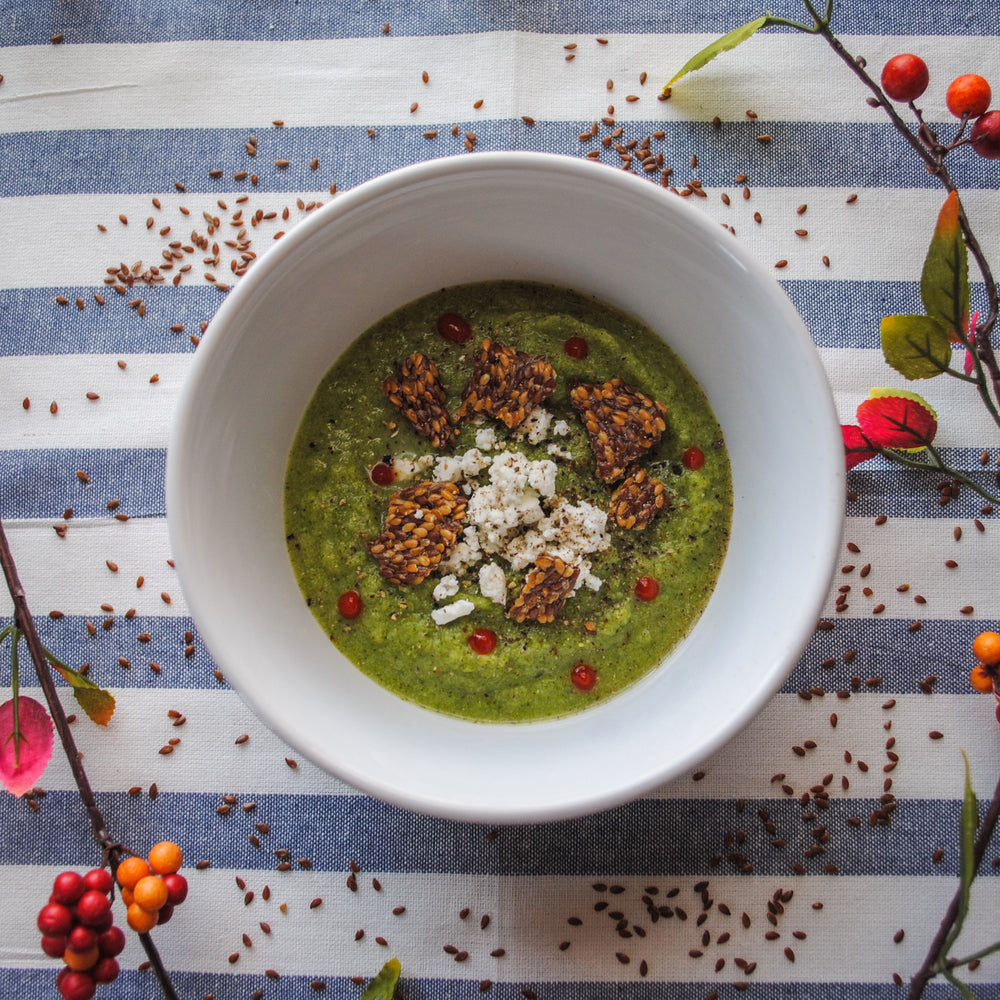
Nothing is more important for your health, wellbeing and longevity than eating a balanced diet full of fruits and vegetables. Plus—they’re delicious!
It’s recommended that adults eat at least 5 servings of fruits and veggies every day—yet only 1 in 10 actually ever eat enough.
Here are 3 easy yet world-changing tips to help make sure you’re getting enough of the essential vitamins & minerals packed in fruits & veggies.
Meal prep & planning
One of the best ways to make sure you’re getting enough fruits and veggies each week is to plan out your meals and snacks on a weekly basis.
The Mayo Clinic has an easy and memorable 1-2-3 method for planning out fruits & veggies:
- 1 serving for breakfast
- 2 servings for lunch
- 3 servings for dinner and snacks
Whip up a big batch of vegetable soup on Sundays so you won’t have to think about lunch throughout the week while also getting some great veggie servings worked in.
And don’t forget about prepping your snacks. Chop up some fresh peppers to eat with hummus, or slice up your melon so you can easily grab a piece when you’re walking through your kitchen or taking a break from your desk.
Additionally, planning your meals will help you cut down on food waste, as you’ll be more mindful of how to use up that large bunch of kale or fresh herbs with a dedicated menu.
Not only is meal planning good for you and our planet—it will also help save you money by buying exactly what you need to eat well. Win-win.
Commit to routine grocery shopping
We all know when we’re running low on fresh produce and need to make a grocery run but let’s be honest: it can sometimes be hard to find the energy to leave the house—especially during the pandemic.
Try dedicating one day of the week as your shopping day and schedule it on your calendar. As fruits and vegetables have a more delicate shelf life, it’s important to commit to restocking fresh essentials on a weekly basis.
If you’re looking to avoid crowds: late weeknight evenings, early weekday mornings, and Friday & Saturday nights are prime time for shopping peacefully with few other customers around.
And it’s always good to have a few frozen or canned veggies on hand just in case life happens and you can’t get to the grocery store as often as you’d like.
Keep fruits & veggies in sight
How many fruits & veggies have wilted away out of sight in the back of your fridge or tucked away in a drawer? We’ve all been there—we’re only human. A great way to combat this forgetful food waste and make sure healthy snacks are constantly in reach is to simply keep them in sight.
For the fruits & veggies that don’t need refrigeration, go ahead and leave them out! A surprisingly simple way to remember which fruits and vegetables can be left out and which should be refrigerated is to think about where they’re kept in the grocery store.
Apples, bananas, lemons, limes, oranges, avocados, sweet potatoes & onions are all found in the non-refrigerated section in grocery stores. Store them in bowls and leave out—keeping fruit with fruit and veggies with veggies—and you’ll be more inspired to reach for an apple as a snack.
Fruits and vegetables like fresh berries, sliced melon, peppers, brussel sprouts, leeks, cauliflower—all located in the refrigerated section—need to be refrigerated at home. Make sure these veggies are always in sight by organizing your drawers and shelves to best display your freshest groceries.

